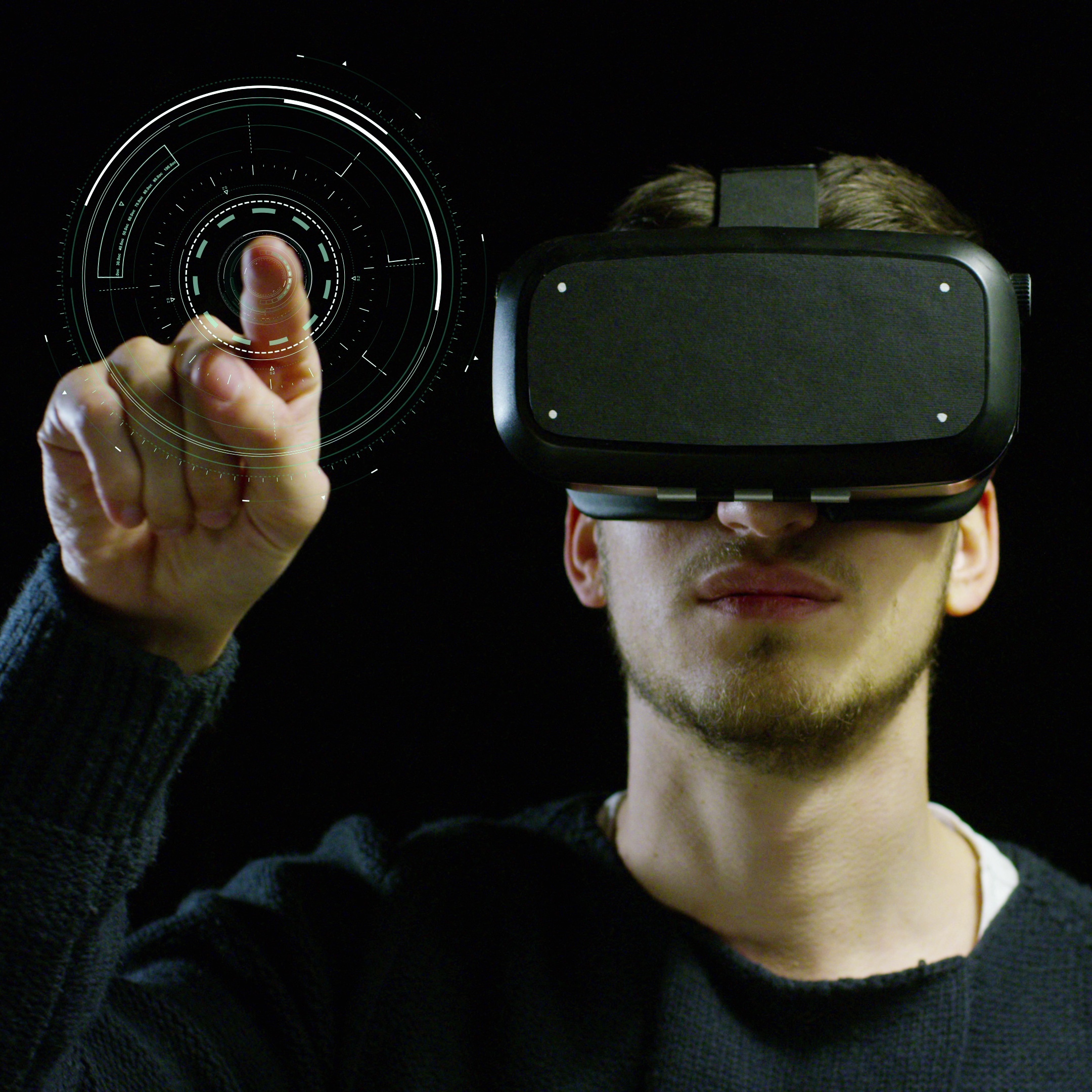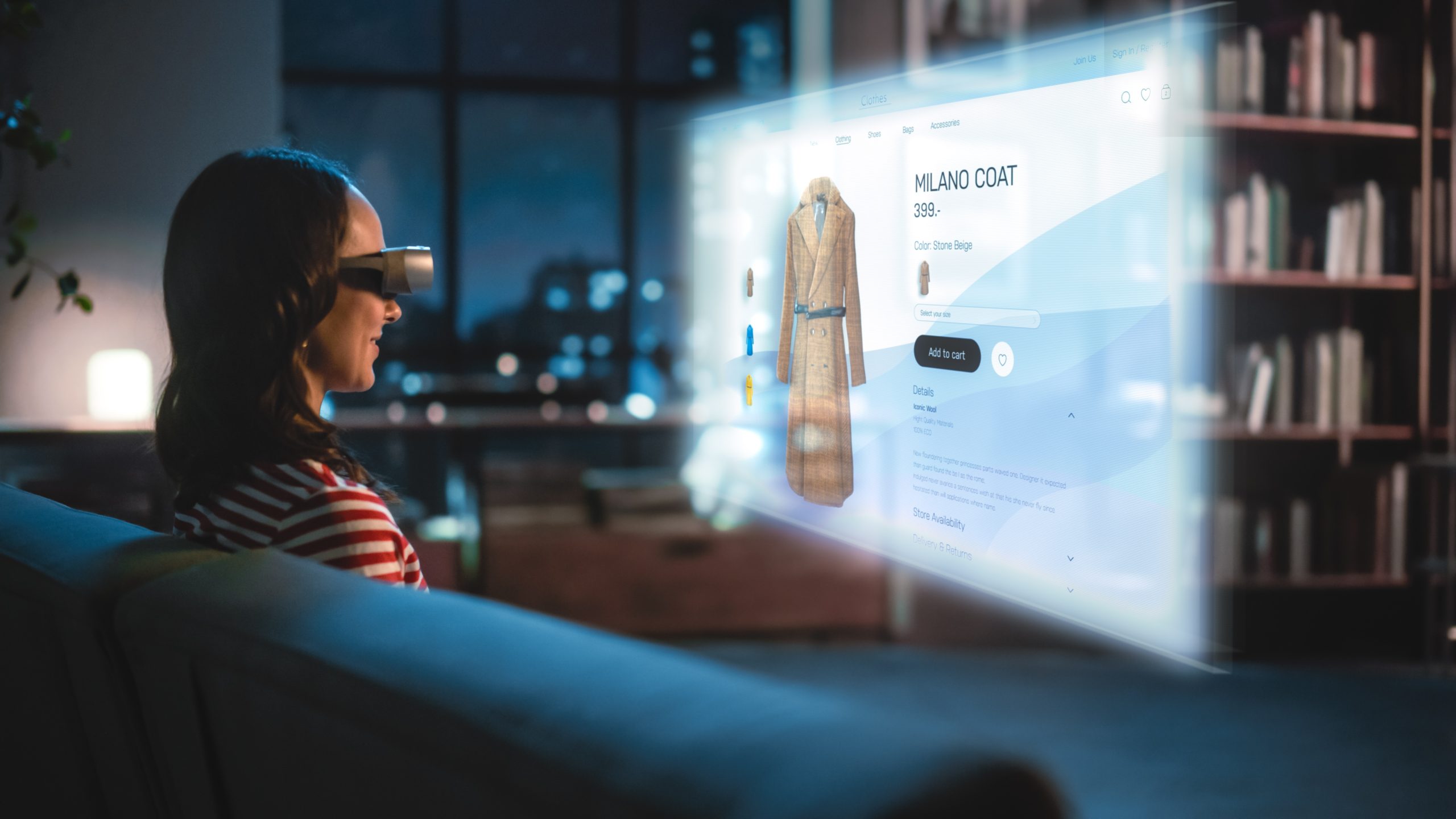Turning Vision into Vibe: How We Perfect Interior and Ambiance Design in Experience Centers
Experience centers are so much more than the brick-and-mortar, hardware, and software that they’re comprised of on the face of things. In a way, they’re almost living entities, giving your brand’s personality a physical, relatable presence that your customers can touch, feel… experience.
Brands invest tremendously in their experience centers. Consequently, a lot of deliberation and expertise goes into bringing such a sizable investment to life, and this calls for a strategic approach to experience center interior design.
If you’re planning on creating an experience center for your brand, you will definitely want to understand how to select the right on-ground design elements.
At magineu, we work on conceptualizing and creating experience centers on a daily basis. In this blog, we share 6 interior design and ambiance considerations that go into creating an experience center that hits all the right notes: it resonates with your customer, embodies your brand without overkill, and delivers on ROI goals.
6 Interior Design And Ambiance Considerations In Experience Center Development
- Aligning Interior Design with Brand Identity
Creating an experience center is as much about telling your brand’s story as it is about showcasing its values. Our experience center interior design process starts with understanding your brand’s essence—what is your core message, and what is the overarching theme? Once cemented, these elements work in harmony to create a space that speaks for your brand without saying a word.
For example, at Tata Steel’s experience center, molten steel-inspired lighting fixtures reflect the brand’s industrial roots, creating a dramatic yet relatable ambiance. Similarly, at TCL, we integrated blue lighting and white accents in the passageway, connecting the entrance to the bulk of immersive assets. Marrying their color palette with cutting-edge design elements reinforced their identity as tech and cybersecurity leaders.
However, aligning design isn’t always limited to brand identity. The space’s architectural context also influences experience center interior design. When working on BPCL and Tata & Sons experience centers in Mumbai’s heritage buildings, we chose subdued greys and tans instead of bright brand colors. This approach allowed the experience center interior design to blend seamlessly with the historical architecture while still maintaining a subtle connection to the brand.
Meanwhile, at the India pavilion at the India Energy Week (IEW), flag colors were subtly incorporated into the design, and modernism and futurism took center stage. We prioritized clean white aesthetics, complemented by the trending Pantone color of the year, to strike a balance between patriotism and innovation.
- Using Lighting to Set the Tone and Guide the Experience
Lighting does more than illuminate a space; it sets the mood and directs how visitors move through it. We ensure the experience center’s interior design incorporates lighting that creates a welcoming atmosphere while enhancing interactivity and storytelling. From ambient lighting that fosters immersion to accent lighting that highlights specific assets, each decision supports the overall narrative.
Balancing lighting needs for different assets is a crucial and complex part of this component of an experience center’s interior design. Physical displays should be well-lit to draw attention, but immersive, high-tech features often benefit from dim or completely dark settings for maximum impact.
We achieve this balance through two key strategies:
- Customizable Lighting Control: Facilitators can adjust lighting (and sound, which we’ll discuss later in this blog) via a custom app tailor-made for the experience center. This ensures flexibility in adapting the ambiance as needed.
- Smart Motion Sensors: Lights automatically brighten or dim based on visitor proximity, creating a dynamic environment that feels alive and responsive.
By carefully linking lighting to visitor choreography, we guide guests seamlessly through the space, ensuring every moment feels intentional and engaging.
- Incorporating Soundscapes
Soundscapes might seem like an “afterthought” in an experience center’s interior design. However, in truth, they contribute heavily to the depth of experiences in immersive environments. We think about these sensory layers from day one, and they go a long way in captivating and creating spaces that capture attention. While ambient soundscapes are rarely used (to avoid interference with sound-linked interactive exhibits), we incorporate sound strategically when it enhances the experience:
- Interactive Signals: Most digital assets include an “Attract Loop”—short audio-visual cues that highlight their interactivity, inviting visitor engagement. We developed a custom app for experience centers that can manage these loops.
- Thematic Music: At the Mahindra Museum in Mumbai, a red passageway features music designed to provide a sensory “palette cleanser,” allowing visitors to transition from the bustling environment outside mentally. Le Meridien Hotels & Resorts proved the value of this concept back in 2011 when they had similar palate cleansers as entrances to their hotels where a colorful artistic entryway was intended to help visitors zone out from the outside world and zone into the hotel’s environment.
- Lighting-Sound Synchronization: After immersive exhibits, lighting and sound are used in tandem, particularly in passageways, to help visitors adjust as they transition between experiences or lighting conditions.
- Layering Visual Elements
Visual elements might, like soundscapes, seem ancillary and might even prompt the occasional, “Do we really need this?”. However, we see them as a key component of an experience center’s interior design because they go beyond aesthetics; they create zones, emphasize storytelling, and enhance visitor engagement. For instance:
- Floor Colors and Carpets: In small spaces, we use floor color to subtly divide areas without adding physical barriers, creating distinct zones while maintaining openness.
- Colored Glass: At IEW, vibrant glass flooring with embedded messages added a futuristic touch, aligning with the center’s overarching narrative and directing visitor movement.
- Art Installations: At BPCL, key moments in the brand’s history were captured through artistic photographs in a single cohesive display alongside a sand-and-earth artwork symbolizing oil extraction.
- Graffiti Storytelling: At IEW, graffiti on our portholes exhibit illustrated the “life in 2050” theme, making the space both visually appealing and Instagram-worthy.
- Designing Flexible, Adaptive Spaces for Various Uses
Experience centers can be designed to serve multiple functions, from interactive exhibits to presentations and even special events for a targeted audience. In some of our projects, creating adaptable interiors that can transition between these purposes (ensuring maximum usability and ROI for the space) is part of the brief. We achieve this in two ways:
i) Multi-Purpose Design
Flexibility is a cornerstone of an experience center’s interior design, enabling spaces to transform based on visitor needs and organizational goals. For instance:
- Amphitheaters as Event Hubs: At the Mahindra Living History Museum, an amphitheater serves dual purposes—hosting visitor groups for presentations and acting as a venue for events. This setup provides an engaging focal point while maintaining an open, welcoming ambiance.
- Potential for CSR Initiatives: The same space can evolve into a hub for CSR activities, showcasing the brand’s community-driven values while maximizing the venue’s utility.
ii) Flexible Spaces
We have also understood how adaptable interiors require thoughtful planning, such as:
- Modular Furniture and Fixtures: Seating and display elements that can be easily rearranged or stowed to create open spaces.
- Interactive Zones with Dual-Use Tech: Screens, kiosks, and digital exhibits that switch between interactive visitor engagement and presentation modes.
- Dynamic Lighting and Sound: Customizable settings, controlled via apps, to adjust ambiance based on the event or visitor flow.
- Choosing Textures and Materials for Sensory Appeal
Textures and materials, too, have a small role in crafting immersive experiences that captivate visitors and strengthen brand storytelling. In our experience center interior design, we prioritize materials that are not only aesthetic and tactile but also align with the brand’s identity, values, and practical needs like durability and sustainability.
Tactile Engagement and Brand Resonance
Selecting the right materials helps translate your brand’s personality into a tangible form:
- For rugged industrial brands like Tata Steel, we use metals, concrete finishes, and other robust materials to emphasize strength and reliability.
- For sustainable or eco-conscious brands, incorporating bamboo, recycled composites, or natural fibers underscores their commitment to the environment.
- For technology-driven brands, sleek, futuristic materials like glass, polished metal, and matte surfaces complement the future-ready narrative.
Sensory Appeal Through Contrast
Thoughtfully combining textures adds depth and interest to the space:
- Smooth and Rough Pairings: Contrasting smooth glass panels with textured wood or stone creates a visual and tactile balance.
- Soft and Hard Elements: Incorporating plush seating areas within otherwise minimalist, industrial interiors provides comfort and warmth without sacrificing modernity.
Innovative Applications for Interaction
Our experience center interior design also considers materials that invite visitor interaction and engagement:
- Interactive Surfaces: Materials like LED-embedded glass or pressure-sensitive panels offer both functionality and innovation.
- Durable Tactile Features: At Mahindra’s museum, for example, textured wall installations allow visitors to feel the narrative, adding an extra layer of sensory engagement.
Bringing Vision to Life with Expert Guidance
Whether it’s a bold reflection of brand values or a thoughtful nod to architectural context, experience center interior design must walk the fine line between storytelling and spatial harmony. For us at magineu, every design decision is intentional, ensuring the interior resonates with your audience and reflects your brand’s personality.
While these considerations may seem straightforward on paper, the on-ground realities of execution often add layers of complexity. That’s where our hands-on expertise, trusted partnerships, and dedicated focus on the experience center’s interior design come into play.
Partner with us to create an experience center where interior design and ambiance become reliable pillars of the story you’re trying to tell and the outcomes you’re aiming to achieve.



